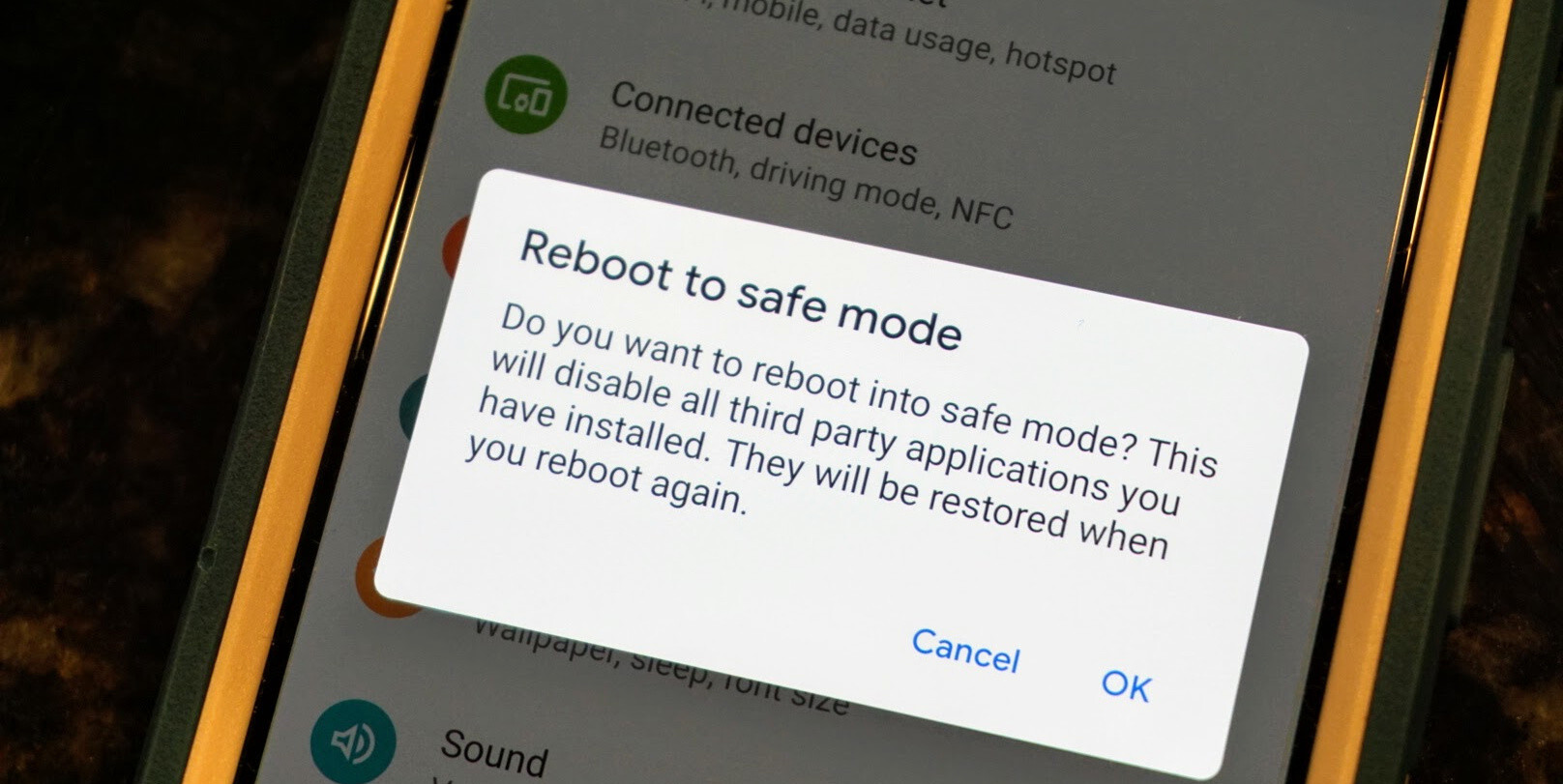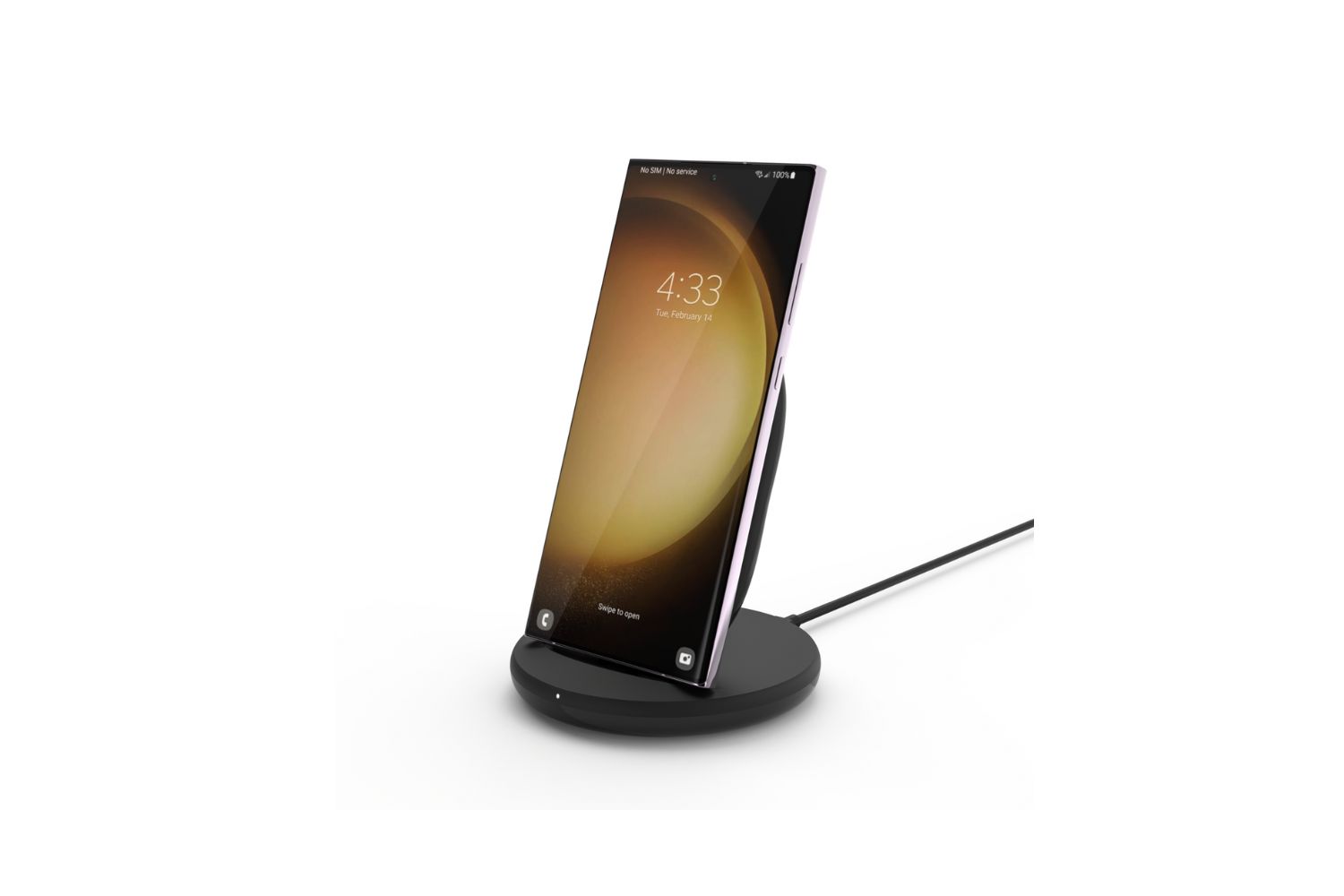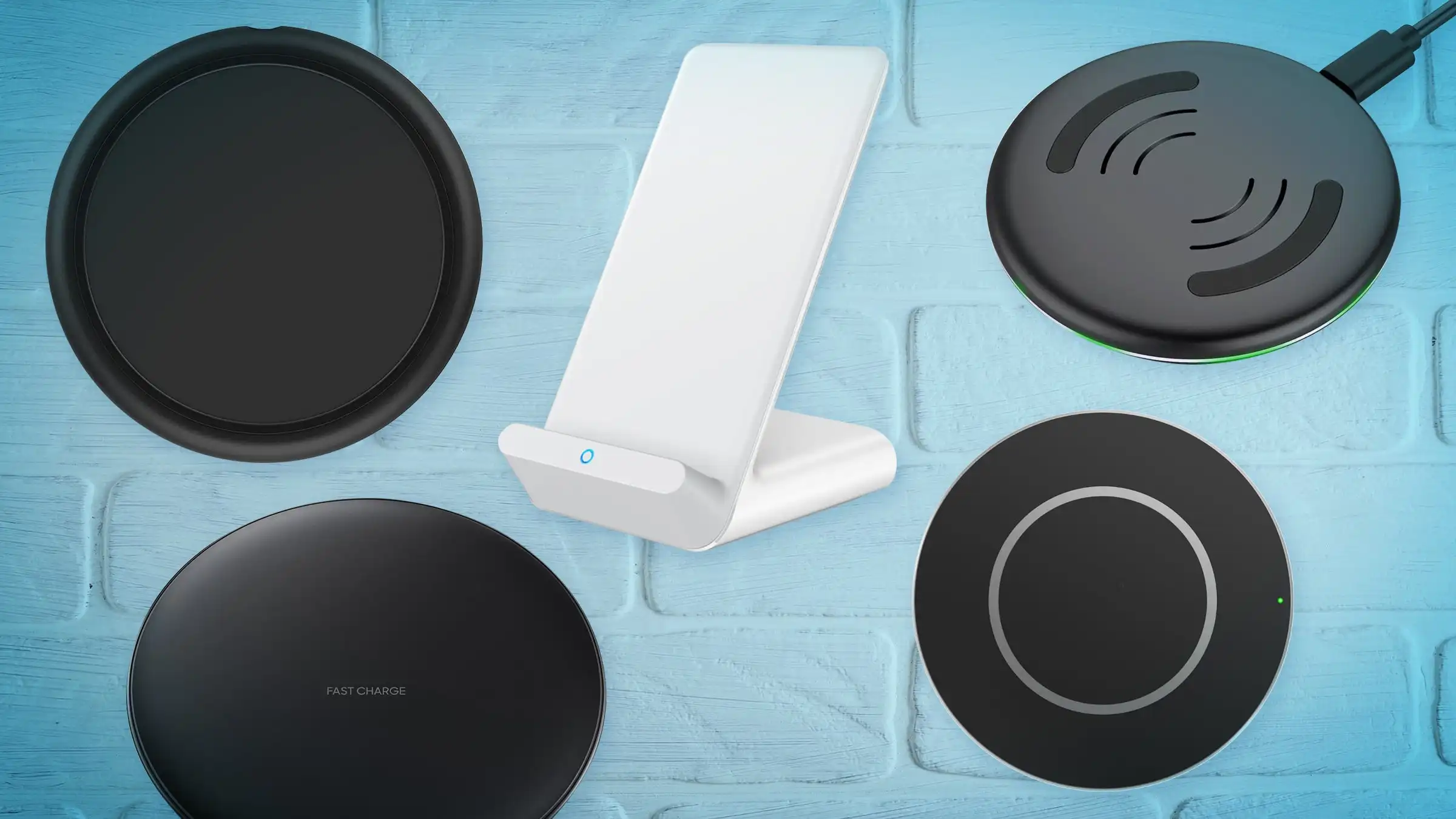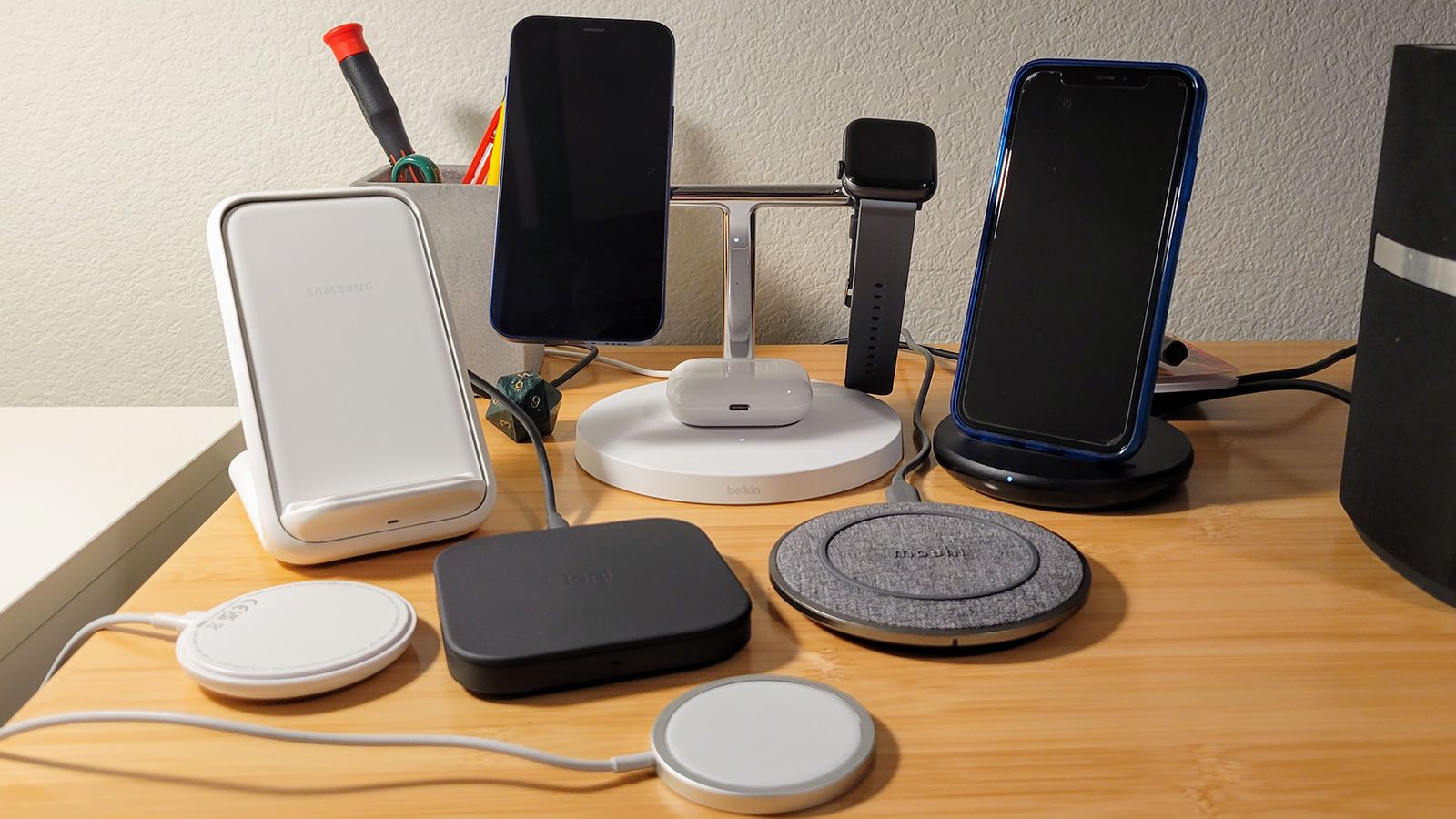Introduction
Welcome to the world of Android phones! These versatile devices have become our constant companions, helping us stay connected, entertain ourselves, and navigate through our daily lives. However, there might come a time when your Android phone starts acting up, experiencing glitches, or encountering software issues. This is where “Safe Mode” comes to the rescue.
Safe Mode is a built-in feature in Android phones that allows you to start your device with the bare minimum of software and applications. It provides a troubleshooting environment where you can diagnose and fix issues that might be caused by faulty apps or hardware problems. When your phone is in Safe Mode, it only runs the essential system processes and disables all third-party apps, giving you a stable environment to identify and resolve any problems.
To access Safe Mode and take advantage of its benefits, you need to understand how to enable and exit this mode on your Android phone. In this article, we’ll guide you through the process step by step, explain when and why you should use Safe Mode, and explore the various troubleshooting options it offers. So, let’s delve into the world of Safe Mode on an Android phone and discover how it can be your go-to solution when facing software issues!
What is Safe Mode?
Safe Mode is a diagnostic mode that allows you to start your Android phone with a limited set of features and functionalities. It is designed to help you troubleshoot and resolve software-related issues by disabling third-party apps and customizations, providing a clean environment for diagnosing problems.
When your phone is in Safe Mode, it only runs essential system processes and pre-installed applications. All other third-party apps that you may have downloaded from the Play Store or other sources are temporarily disabled. This isolation helps you determine if a specific app is causing problems or if the issue lies within the core operating system.
Safe Mode can be a helpful tool in identifying and resolving various issues, such as frequent crashes, freezing or lagging performance, unresponsive touch screen, or even problems with battery life. By entering Safe Mode, you can determine whether these problems persist without the interference of third-party apps and apply necessary troubleshooting steps.
It is important to note that Safe Mode is different from a factory reset. While a factory reset erases all user data and settings, Safe Mode is a non-destructive mode that temporarily disables third-party apps but preserves your data intact.
How to Enable Safe Mode on an Android Phone
Enabling Safe Mode on an Android phone is a relatively simple process. However, the method can vary slightly depending on the manufacturer and model of your device. Here are the general steps to access Safe Mode:
- Press and hold the power button on your Android phone until a menu appears on the screen.
- Once the menu appears, long-press the “Power Off” or “Restart” option. This action will prompt a dialog box asking if you want to boot into Safe Mode.
- Select the “Safe Mode” option and tap “OK” or “Restart.” Your phone will begin booting into Safe Mode.
- Wait for your phone to complete the reboot process. You will notice that the Safe Mode logo will be displayed in the bottom-left corner of the screen.
- Once your device is in Safe Mode, you can troubleshoot any issues you are experiencing and test if the problem continues to persist even without third-party apps.
If the above method doesn’t work for your device, you can try an alternative method:
- Turn off your Android phone completely.
- Once it is switched off, press and hold the power button to turn it back on.
- As soon as the logo of your device’s manufacturer appears on the screen, press and hold the volume down button until your phone finishes booting up.
- Your device should now enter Safe Mode, indicated by the Safe Mode logo at the bottom-left corner of the screen.
Remember, the specific steps to enable Safe Mode may vary depending on your Android phone’s make and model. If you encounter any difficulties, consult your device’s user manual or search online for specific instructions related to your device.
How to Exit Safe Mode on an Android Phone
Exiting Safe Mode on an Android phone is a straightforward process. When you’re done troubleshooting and want to return to normal mode, follow these steps:
- Press and hold the power button on your Android phone.
- A menu will appear on the screen. Tap the “Restart” or “Power Off” option. If you see the “Restart” option, select it. Otherwise, choose “Power Off” and wait for your device to turn off completely.
- After your phone is fully powered down, press and hold the power button again to turn it back on.
- Once your phone starts booting up, release the power button and wait for the normal mode to load. You will notice that the Safe Mode logo no longer appears on the screen.
Your Android phone will now be back to its regular operating mode, and all the disabled third-party apps will be accessible again. This allows you to resume normal usage and utilize all features and functionalities of your device.
If the above method doesn’t work for your device, try an alternative method:
- Press and hold the power button on your Android phone to bring up the power menu.
- Tap the “Restart” option and wait for your device to restart.
- As your phone starts booting up, keep pressing the volume buttons up or down. This action should prevent your phone from entering Safe Mode and allow it to boot into normal mode.
Keep in mind that the exact steps to exit Safe Mode may vary depending on the make and model of your Android phone. If you’re unsure, refer to your device’s user manual or search online for specific instructions related to your device.
Benefits of Using Safe Mode
Safe Mode offers several benefits when it comes to troubleshooting and resolving issues on your Android phone. Here are some of the key advantages of using Safe Mode:
Isolating App-Related Issues: By disabling third-party apps, Safe Mode helps identify if a specific app is causing problems on your device. If the issue disappears in Safe Mode, it indicates that one or more of the third-party apps installed on your phone is the culprit.
Identifying Software Issues: Safe Mode allows you to determine if software problems, such as crashes, freezes, or lags, stem from the core operating system. If these issues persist in Safe Mode, it suggests that the problem lies within the system and may require further troubleshooting steps.
Troubleshooting Hardware Problems: In some cases, hardware issues can cause software-related problems on your phone. Safe Mode helps rule out software glitches by running only essential system processes, allowing you to focus on diagnosing potential hardware issues.
Improving Performance: When your phone is in Safe Mode, it runs with minimal functionalities and processes. This reduction in background activities can temporarily improve overall performance, allowing you to access crucial data or perform important tasks that may have been hindered by software issues.
Preventing Unwanted Actions: Occasionally, a rogue app or malware can take control of your device and cause unwanted actions. By booting into Safe Mode, you can disable any potentially malicious apps and prevent them from causing further harm.
Preserving Data: Safe Mode is a non-destructive mode that temporarily disables third-party apps while preserving your data intact. This means you don’t have to worry about losing any important files or settings while troubleshooting issues on your device.
Overall, Safe Mode is a valuable tool that allows you to diagnose and resolve various software-related problems on your Android phone. It offers a controlled environment where you can isolate issues, identify problematic apps, and perform necessary troubleshooting steps without the interference of third-party applications.
Troubleshooting Using Safe Mode
Safe Mode provides a powerful platform for troubleshooting and resolving software-related issues on your Android phone. Here are some troubleshooting steps you can take while in Safe Mode:
Identify Problematic Apps: While in Safe Mode, check if the issues you were experiencing, such as crashes or freezes, are still present. If not, it is likely that one of your third-party apps is causing the problem. Begin by uninstalling recently installed or suspicious apps one by one to determine the culprit. This process will help you identify and remove any problematic apps that may be affecting your device’s performance.
Update Apps: In Safe Mode, you can also take the opportunity to update your apps. Outdated apps can sometimes cause compatibility issues or performance problems. By keeping your apps up to date, you ensure that they are optimized for your Android phone’s operating system.
Clear Cache: Clearing the cache of your applications can help resolve temporary glitches or conflicts that might be causing issues. In Safe Mode, go to Settings, then navigate to the App Manager or Apps section. Find the problematic app and clear its cache. Repeat this process for other apps if needed.
Perform a System Update: If you haven’t updated your Android phone’s operating system, Safe Mode provides an opportunity to check for any pending system updates. These updates often include bug fixes, security patches, and other improvements that can help resolve software issues. Update your device’s software if an update is available.
Reset App Preferences: Sometimes, changes to app preferences or settings can disrupt the normal behavior of your device. In Safe Mode, you can reset the app preferences to their default settings. To do this, go to Settings, then Apps. Tap on the three dots or the menu icon and select “Reset app preferences.” This action will reset all app preferences, including disabled apps, default apps, and background data restrictions.
Factory Reset (as a Last Resort): If all else fails and you are still experiencing issues, you may need to consider a factory reset. This step erases all data and settings on your phone, returning it to its original factory state. However, be aware that a factory reset should only be done as a last resort, as it will delete all your personal information. Make sure to back up your data before proceeding.
Remember, the specific troubleshooting steps you take in Safe Mode will depend on the issue you are experiencing. It is always a good idea to research and follow device-specific instructions or consult manufacturer guidelines if necessary. Safe Mode provides a valuable platform for troubleshooting and allows you to identify and rectify software-related issues without compromising your data.
When Should You Use Safe Mode?
Safe Mode can be utilized in various scenarios when you encounter software-related issues or need to troubleshoot problems on your Android phone. Here are a few situations in which using Safe Mode is particularly beneficial:
App-Related Issues: If you notice that specific apps on your device are crashing, freezing, or causing performance problems, booting your phone into Safe Mode can help determine if a third-party app is the root cause. By disabling all non-essential apps, Safe Mode allows you to troubleshoot and pinpoint the problematic app.
Unwanted Malware or Viruses: If you suspect that your Android phone has been infected with malware or viruses, entering Safe Mode can help prevent these malicious programs from running. It allows you to disable any suspicious or unwanted apps, preventing them from causing further damage to your device or stealing sensitive information.
System Stability Issues: If your device frequently crashes, freezes, or experiences unusual behavior, booting into Safe Mode can help determine if the problem lies within the core operating system. By temporarily disabling third-party apps, you can assess if the issue persists, indicating a system-related problem that needs further investigation.
Troubleshooting after System Update: Sometimes, after installing a system update, you might experience compatibility issues or unexpected problems. Safe Mode allows you to assess if these issues are caused by third-party apps. By disabling them temporarily, you can determine if the update itself is the root cause and take appropriate action, such as rolling back the update or seeking additional support.
Diagnosing Battery Drain: Excessive battery drain can be frustrating, and identifying the cause can be challenging. Safe Mode helps isolate whether the battery drain issue is due to a specific app or a system-related problem. By monitoring battery usage in Safe Mode, you can determine if a particular app is consuming an unusual amount of power and take necessary steps to mitigate the issue.
Resolving Software Conflicts: If you have recently installed multiple apps or made significant changes to your device’s settings, and you start experiencing conflicts or performance issues, Safe Mode can help identify if these conflicts are causing the problems. By temporarily disabling all non-essential apps, you can assess if the issue persists, indicating compatibility or configuration issues.
Using Safe Mode in these situations can provide valuable insights, allowing you to diagnose, troubleshoot, and resolve software-related problems on your Android phone effectively. It offers a controlled environment that helps pinpoint problematic apps, determine system stability, identify malware, and address other issues without compromising your data or risking further damage to your device.
Conclusion
Safe Mode is a powerful tool available on Android phones for troubleshooting and resolving software-related issues. By entering Safe Mode, you can isolate problematic apps, diagnose system stability problems, identify malware, and address other software conflicts that may be affecting the performance of your device.
Enabling Safe Mode on an Android phone is typically a simple process, involving a few button presses during the startup sequence. It allows your device to start with minimal functionality and disable third-party apps temporarily. This provides a stable environment to troubleshoot and determine the cause of various issues.
To exit Safe Mode, you can follow a similar process of restarting your device, ensuring that it boots back into normal mode and reinstates the disabled third-party apps. It’s important to note that specific steps may vary depending on your device’s make and model.
The benefits of utilizing Safe Mode are numerous. You can troubleshoot problematic apps, identify software issues, and even diagnose hardware problems that affect the performance of your Android phone. Additionally, Safe Mode offers a temporary performance boost by limiting background processes and activities.
However, it’s essential to remember that Safe Mode is not a permanent solution to all problems. If you encounter persistent issues even in Safe Mode, further troubleshooting steps may be required, such as updating the operating system, performing a factory reset (as a last resort), or seeking professional assistance.
Overall, Safe Mode serves as a valuable tool in your Android phone’s troubleshooting arsenal. It provides an environment where you can uncover and resolve software-related issues, offering a stable and controlled platform for diagnosing problems without compromising your data or risking further damage to your device.
So, the next time you encounter crashes, freezes, battery drain, or other software-related issues on your Android phone, don’t forget to utilize Safe Mode to help you identify the problem and find an appropriate solution.

























